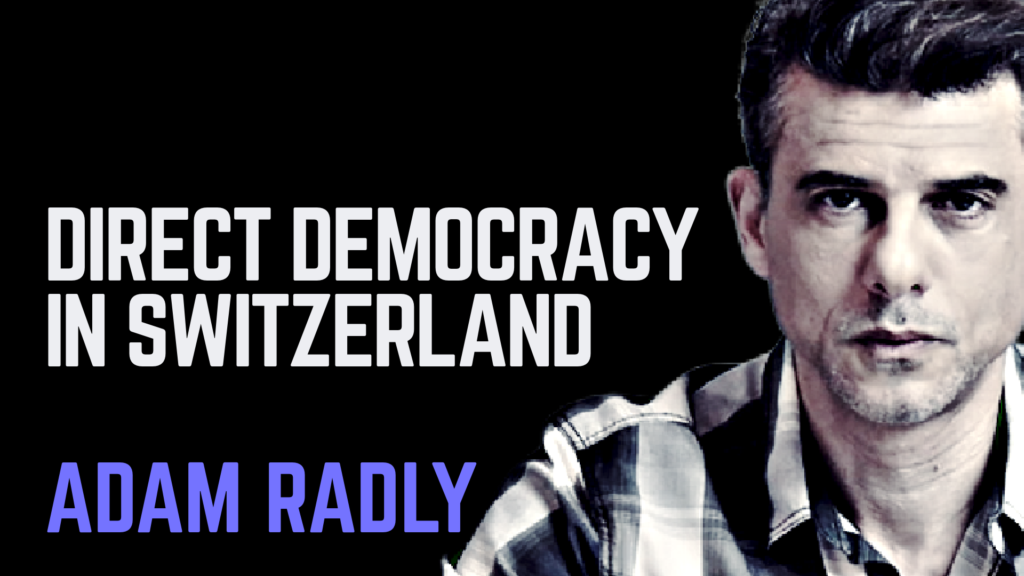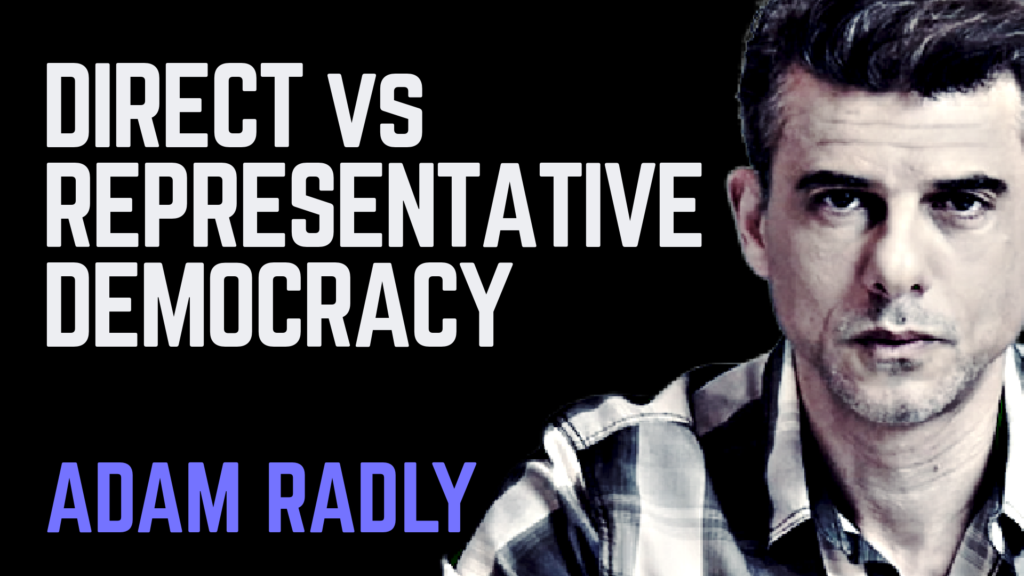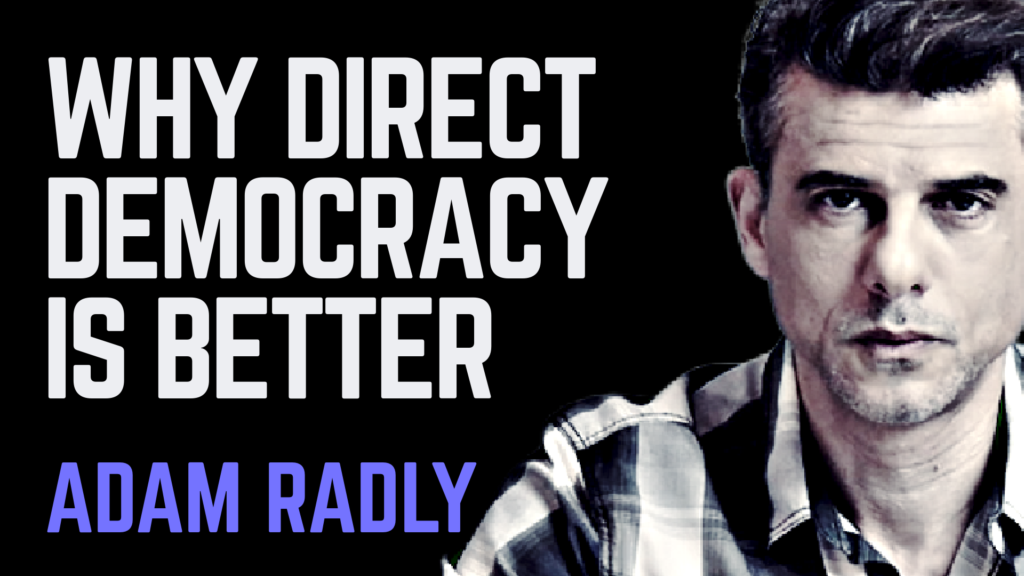How Direct Democracy Works In Switzerland
Switzerland is a federal republic that consists of 26 cantons. Direct Democracy exists in the Cantons of Appenzell Innerrhoden and Glarus. The Swiss Confederation is considered to be a “semi-direct democracy.”
According to Wikipedia, “On any political level, citizens can propose changes to the constitution (popular initiative), or ask for an optional referendum to be held on any law voted by the federal, cantonal parliament and/or municipal legislative body.”
Between January 1995 and June 2005, Swiss citizens voted 31 times, on 103 federal questions. This tells us that the citizens voted on more than one issue each time they voted. That makes sense because it makes the process more efficient and less expensive for everybody involved.
In the meantime, you can see why Switzerland is considered to be a semi-direct democracy and not a true Direct Democracy. These numbers tell us that there are approximately 10 issues per year that are decided with Direct Democracy.
So it might be more accurate to say that Switzerland is really a Representative Democracy that just has more referendums than most other countries.
As far as I’m concerned, the metric that determines whether a country is a Representative Democracy or a true Direct Democracy is the percentage of issues that are decided with Direct Democracy.
For example, if a government votes on 100 issues per year and only 10 of them are decided by a referendum, which is a form of Direct Democracy, and the other 90 are decided by politicians voting in a chamber of government, then this is a Representative Democracy.
On the other hand, if 51 of these issues were decided with a referendum then it’s a true Direct Democracy. Of course, this percentage also tells us the extent to which a country or a region is a Representative Democracy or a Direct Democracy.
In Switzerland, simple majorities are sufficient at the municipal and cantonal levels. At the federal level, double majorities are required on constitutional issues.
A double majority requires approval by a majority of individuals voting, and also by a majority of cantons.
So, in Switzerland, if a citizen proposed an amendment to the federal constitution, it cannot be passed at the federal level if a majority of the people approve but a majority of the cantons disapprove. So, a simple majority is not enough.
The important point to remember is that Direct Democracy just means that the people will vote on issues directly. It does not mean anything else.
The rules that govern what will be voted on and how and whether a law will pass are all determined by the Direct Democracy framework that a country or region decides to adopt.
So, the framework is more important than the concept of Direct Democracy in isolation – which, as far as I’m concerned, just means referendum.
In order for Direct Democracy to work, it needs a framework that addresses the needs of the people and the technology required to make it practical to vote on a large number of issues.
I have created a framework and the first version of the technology that can be used to make Direct Democracy a reality and practical.
Interestingly, the Wikipedia page for Direct Democracy didn’t mention California – a state that allows voter-led ballot propositions. California’s process allows for three types of resolutions:
1. Initiatives to create a new state law
2. Initiatives to veto a state law passed through the legislative process
3. Initiatives to amend the constitution
In order for initiatives to be added to the ballot, it requires 5 percent of the number of voters who voted in the election for Governor in the most recent election. In 2020, there were 12 statewide propositions for the people to vote on directly.
Having lived in California for more than a decade, I can tell you that there’s a lot of active debate about these propositions, and millions of dollars are spent on trying to sway the vote one way or the other.
It’s obvious that people care about the issues and they also care about voting on them.
The only issue that needs to be resolved is how California can improve its Direct Democracy framework to make the process more efficient so that it can handle more propositions for direct voting with less time and expense to the taxpayer.
In the meantime, the number of issues decided by Direct Democracy in California seems to be higher than the number of issues decided by Direct Democracy in Switzerland so it seems to me that California is more of Direct Democracy than Switzerland.
Yet, the Wikipedia page for Direct Democracy allocates a lot of space to talk about Switzerland and doesn’t mention California at all.
This tells me that the entire discussion of Direct Democracy around the world is very nascent. It’s time for that to change now.



